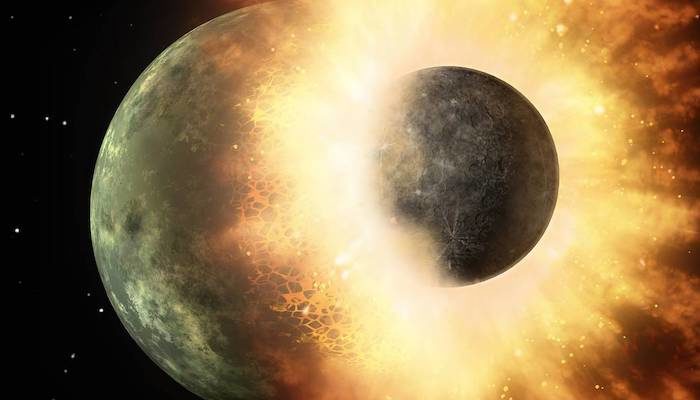
Why does the Moon have a very small core and Mercury one that makes up roughly 85% of the planet’s radius? Why are humans doing research in geoscience and not some evolved version of dinosaurs?
In this week’s blog post, Harry Ballantyne, PhD student at the Department of Space and Planetary Sciences at the University of Bern, is talking about large-scale collisions and how they can answer these questions.

Harry Ballantyne
Ever day-dreamed about the immense destruction of the cannons on castles or warships of days gone by? Or maybe you’ve found yourself captivated by a slow motion video of a .50 caliber bullet penetrating through a thick piece of glass after letting YouTube dictate your entertainment for a little too long? In any case, we have all been fascinated by the simple act of crashing objects into each other at high speeds at some instance of our lives, and why not, it’s an awe-inspiring display of energy conversion after all.
It’s not just humans that have tried their hands at the art of collisions however, the natural world is rather experienced to say the least. As you likely already know, there is strong evidence to suggest that 66 million years ago our distant ancestors experienced quite how devastating these events can be when a 10-15 km diameter asteroid hurtled into Earth at approximately 20 km/s, or around 20 times the speed of a rifle bullet. This produced a crater 20 km deep and 150 km in diameter, and would have exerted the energy of over a billion times that of an atomic bomb. Aside from heating up its local surroundings to hellish temperatures, this would have excavated a large amount of material from the Earth and propelled fragments of the asteroid out of the Earth’s atmosphere, which would then re-enter, heating up further and creating wildfires all over the planet. Meanwhile, the immense shockwaves created would trigger global earthquakes and volcanic eruptions, as evidenced by the Deccan Traps flood basalts. Unsurprisingly, this led to a tremendous loss of life on the planet and the eventual extinction of at least 75% of all species (but it did allow mammals to take precedence and thus permit the evolution of man – swings and roundabouts I suppose!).
So now let’s ramp up the intensity a little. How about we increase the size of the projectile by a factor of a hundred or more in diameter, what happens then? This may sound like the works of science fiction to our modern Solar System dwelling ears, but take us back about 4-4.5 billion years ago and such events were very real indeed. Early in a planetary system’s formation, there is a so called protoplanetary disc orbiting around the recently formed star at the centre. This contains a large population of kilometer-sized rocky objects that formed from an accumulation of dust on the scale of microns. Through many collisions between these objects, known as planetesimals, the bodies merge to form several tens of (proto-) planets similar in size to Mars (approximately 3500 km in radius). It is at this stage that we encounter the holy grail of smashing things into each other – the epoch of giant impacts. Although the system is close to gravitational stability, there is still room for a few more collisions, and it is these events that shape the final characteristics of a planet most dramatically.
Take our own celestial home for example. Being much larger than Mars with a radius roughly two times greater, the Earth must have undergone several such collisions if we are to believe the widely accepted theory described above. As it turns out there is strong evidence staring us in the face every night – the Moon. To give some properties, our 1750 km radius satellite has a small iron core of around 20% its diameter (as opposed to the Earth’s 50% diameter core), a high angular momentum and evidence of a near entirely molten mantle in its past given by lunar samples returned by the Apollo missions. In fact, all of these characteristics lead us to a single conclusion: one of the aforementioned Mars-sized protoplanets struck the proto-Earth at a speed larger than 10km/s. Such an event is easily energetic enough to melt a huge mass of mantle rock, and if the impact occurred at an angle, say 45° relative the Earth’s surface, much of this material could be excavated from the Earth and be flung into orbit, quickly coalescing into a single object. This would greatly increase the angular momentum of the Earth-Moon system, explaining the large values observed today, and agrees well with the small lunar core as the event would selectively eject material from the Earth’s iron-depleted mantle. Furthermore, the stable isotope ratios of the Moon and Earth are identical, strongly suggesting a common origin.
On the other side of spectrum, we may be interested in what kind of phenomenon could lead to a planet with a very large iron core relative to its size such as Mercury, whose core makes up roughly 85% of its radius. No need to worry, a giant impact may be the answer once again! Interestingly, the literature supports two very different explanations. Initial studies suggested that the proto-Mercury experienced a very high velocity (around 30 km/s), close to perpendicular impact from smaller body that not only melted, but even vaporised a huge proportion of the planet’s mantle, forcing the material out of Mercury’s gravitational grasp entirely and leaving a disproportionately large iron core in what remained. In more recent work, however, Mercury instead forms from the smaller body involved in the collision where it would have only grazed the larger body, preferentially stripping away its mantle and leaving the iron core relatively intact. This scenario also allows for several of these hit-and-run events to occur, each removing a little more of that pesky mantle.
Finally, our very own red-tinged neighbor may also have a not-so-hidden history with such large-scale collisions, but you’ll have to wait for next week’s blog if you want in on those gory details…

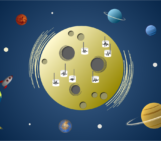
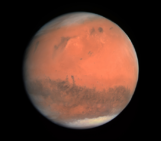
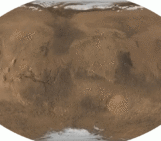
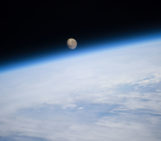
Zhen Chu
Abstract
The magnetic field and structure of the Earth is a major theoretical problem in geophysics. The 3D model of the Earth system is reconstructed by using the thermo-electro-magnetic principle, the Earth’s magnetic field standard reference field IGRF12 model and the earth pipeline theory, combined with the principle of fluid dynamics cylinder flow similarity experiment. Through the theoretical derivation and actual observation and experiment, the relationship between the core-crustal column and the crust is constructed. Study the mantle flow to generate a magnetic field and generate a gravity process. Explore the geomagnetic mechanism and earth structure of the mantle flow in the operation of the Earth system.
https://dx.doi.org/10.2139/ssrn.3640056 https://dx.doi.org/10.2139/ssrn.3639915
Keywords: Earth creation, IGRF, mantle flow direction, Earth pillar, Aurora ring, Geomagnetic cause